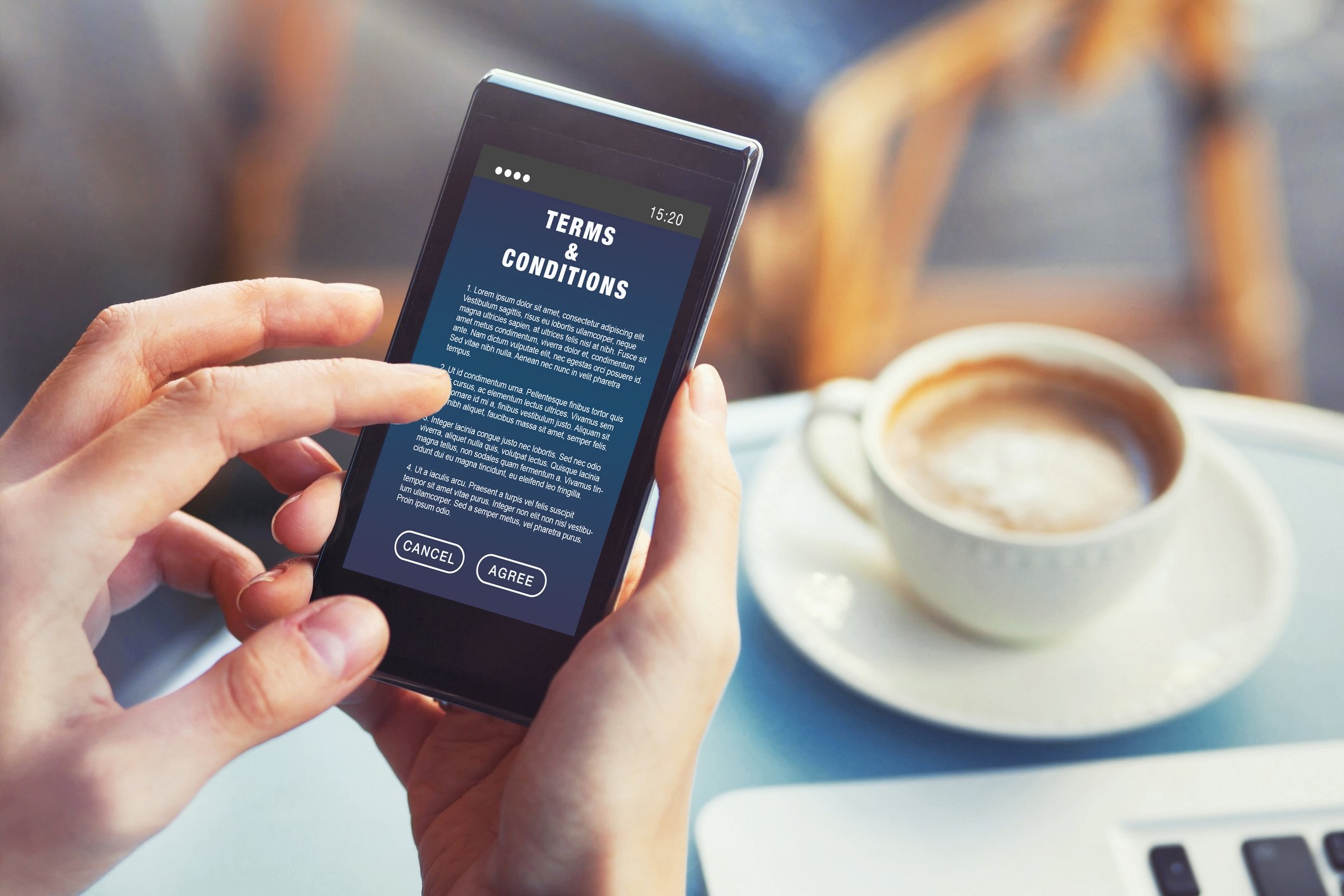How to effectively respond to help desk queries
HOW TO EFFECTIVELY RESPOND TO HELP DESK QUERIES
Do Your Help Desk Staff Need ‘Narrative Transportation’?
By Dr David Cox
A common element of any loyalty and incentive program – whether simple short-term promotion or multi-faceted channel marketing program - is the need for an “in tune” customer help desk to handle participant’s queries, comments, aspirations and…. complaints. Whilst the latter is something we all try and avoid, resolving complaints satisfactorily is essential to the success of a program as most participants, particularly the highly-engaged, are often the sponsor firm’s best customers. This is even more critical if the program has a social media component via a Facebook page or Twitter handle. The customer service team of any program, by default must engage in direct dialogue with program participants – both online in a social media environment and in the more confined structure of the program help desk.
Motivforce recently undertook a study looking at the most appropriate and effective way to respond to participant’s feedback – particularly in the social media environment but with direct implications to contained environments. The results revealed that the most effective response is when help desk employees put themselves in the shoes of the customer before they respond. ‘Narrative Transportation’, or the extent to which help desk employees mentally enter the world evoked by a customer’s story, affects help desk employees’ inclination to assume ownership for a participant’s feedback or complaint.
So how do we trigger Narrative Transportation?
We encourage help desk employees to undertake some priming beforehand, such as completing an empathetic word game, studying a picture collage or other stimuli, which helps transport the customer service employee into the customer or program participant’s world.
The Field Study
To test this, Motivforce undertook an extensive field study, where we primed branch managers from a global Fortune 100 banking group with either a self-sufficient, a cognitive, or an empathetic perspective. The results indicate that transportation mediates the effect of perspective-taking on two relevant psychological ownership dimensions: acknowledgment of responsibility and willingness to respond. Participants with a self-sufficient or cognitive perspective neither acknowledge responsibility, nor want to respond. However, participants primed with an empathetic perspective took responsibility for the customer’s case and were willing to respond to the complaint.
Create Visual Cues
Looking for opportunities to assist help desk employees to achieve narrative transportation can be achieved by creating visual cues in the workplace including empathetic screen savers, empathetic word games. It has shown that these small steps are an effective way to ensure that each and every customer query is responded to in the same context and narrative in which they have raised the query, resulting in even more loyalty and commitment to the brand and program.











Transform B2B loyalty with tiny habits. Discover the "Atomic Loyalty" approach for lasting relationships.